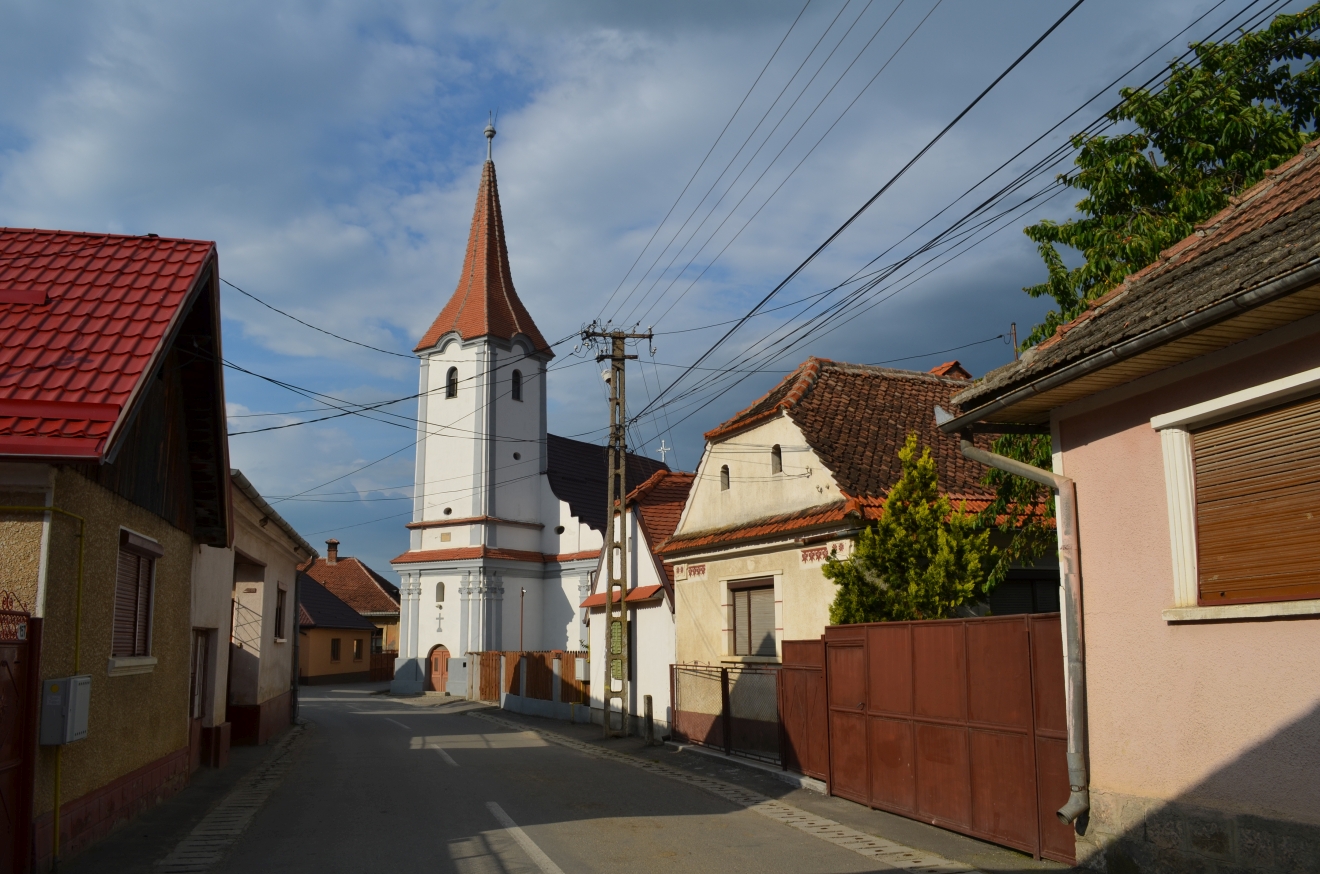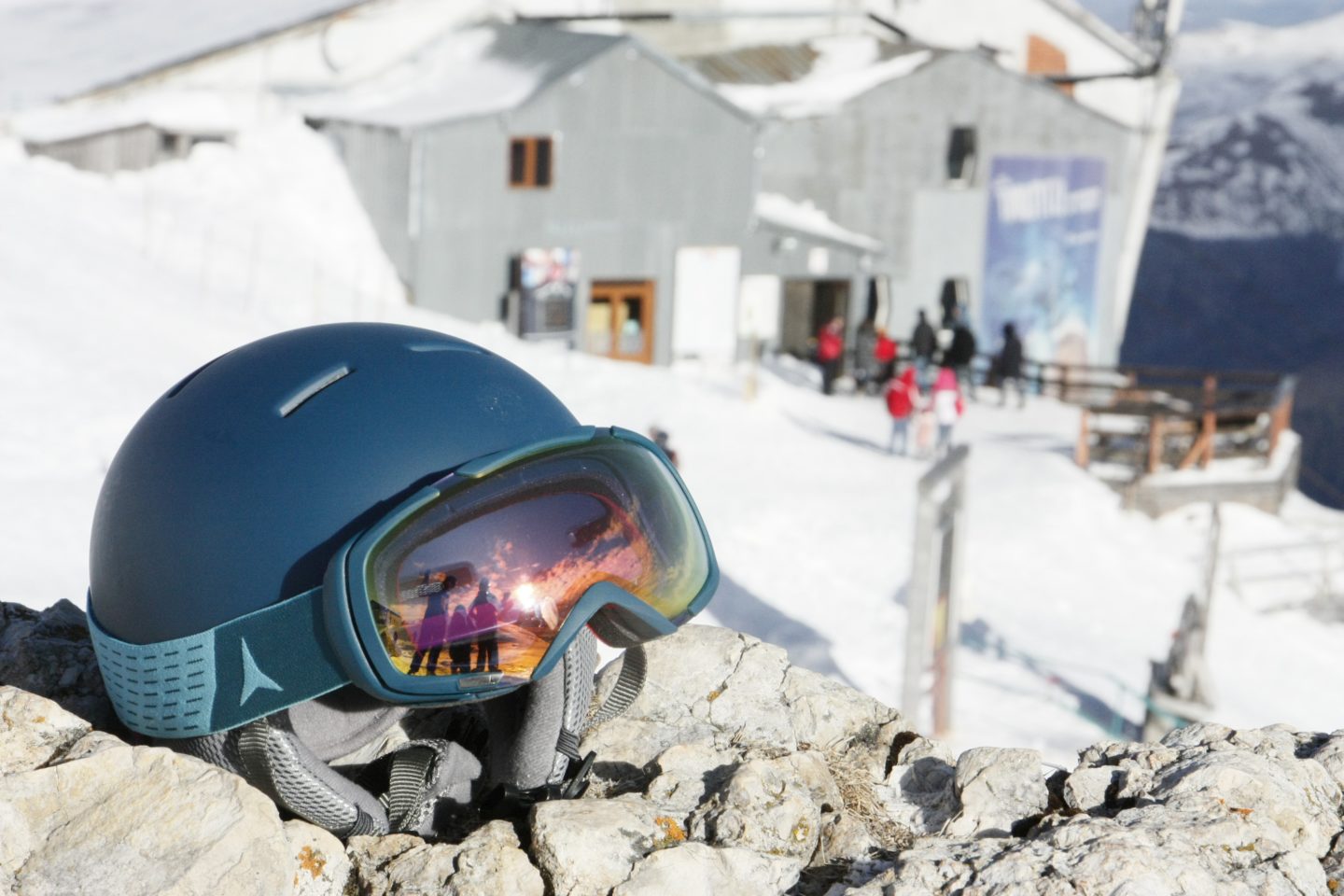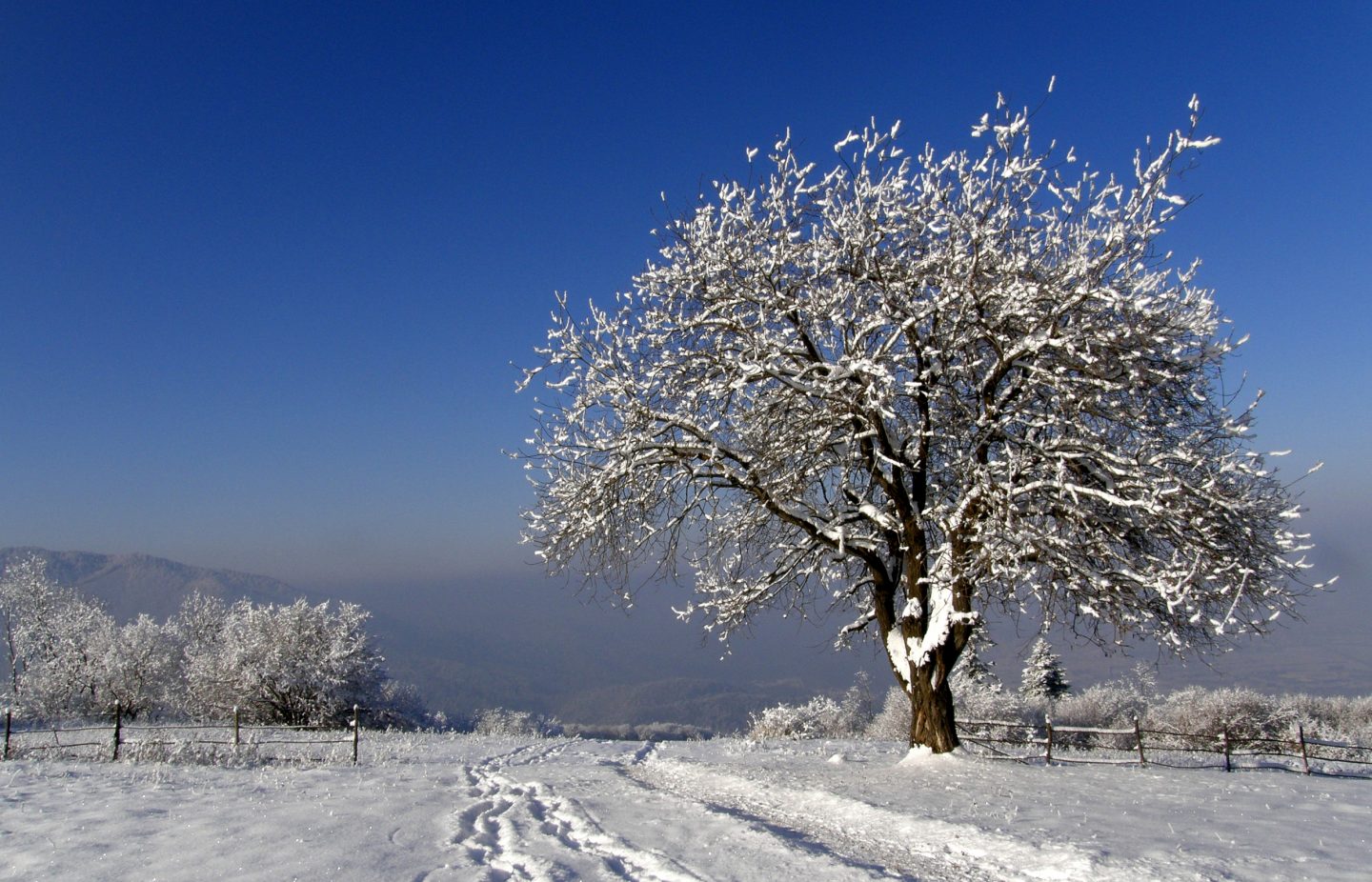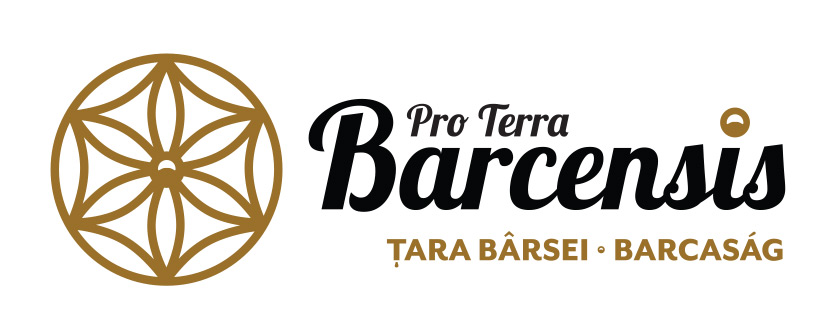
Tărlungeni (Tatrang)
Tatrang, Tatrangia, Tatrangen, Tărlungeni. Commune located at 15 km south-east of Brașov. In 1850, out of 2813 inhabitants, 1700 were Hungarian and 1109 Romanian. However, in 2002, the 3258 persons were divided as follows: 1489 were Romanian, 1279 Hungarian and 481 Rroma. Nowadays, it is the communal center of Three Villages and Cărpiniș locality also belongs to it, which separated from Prejmer in 1956 and joined Tărlungeni locality in 1974. The village characteristic is given by the river, water storage basin, brick, lemonade factory and live popular traditions and all these distinguish it from the other Csango villages.
*
* *
– I curse you, Bacsuó Anna! Cursed! Cursed! – the heavy words were heard and spread on the village streets like an echo.
Bacsó Anna was a beautiful Csango girl but contrary to her father’s will, she married a shepherd, who took his animals to depasture on the grass balks of Ciucaș.
For her disobedience, at her father’s request, she was cursed by siska (witch)[1] to be only able to see her husband when he rarely came from the mountains. She could never climb Ciucaș to get merëndét (food)[2] to her lover.
Bacsó Anna endured this curse for a while, then one Sunday morning she decided to do something foolish. She dressed with the most beautiful dress, she put the full ojiszák (bag)[3] on her shoulders and set out to the mountain. People she met with warned, admonished her because they knew the curse well. However, she did not listen to anybody, continuing with stubbornness. She barely passed Garcin valley, when the sky clouded over and a terrible storm was coming. At Ósánc (old ditch), she was stopped by a üőjszembër (old man)[4]: “Come back, Bacsuó Anna, because you will never be able to see your husband!”
A terrible storm started but Bacsó Anna continued her way to Ciucaș. She battled against the rain, wind and left Babarunca[5] with torn clothes, getting more and more closer to her husband. Only a few steps separated her from ësztëna (sheep farm)[6], when the lightning hit and a loud thunder could be heard. The scary echo of the thunder barely calmed down, when the bad weather changed suddenly and sunlight appeared. Just like a miracle, the storm stopped and nature awoke again, except that Bacsó Anna was nowhere to be found. A new rock was rising in her place.
Bacsó Anna’s husband, playing the whistle, looked at the rock he had not seen before and he was amazed that the rock resembled his wife. His heart was filled with longing for her, he laid down at the bottom of the rock and started to sing a sad song with the whistle. The poor man did not know that the woman transforming in a rock still understands the words and then, when he finished the song, tears started to flow from the rock wall that covered the woman’s eyes. They flew so strongly that they climbed down like a deafening river to the valley. And this is how the name of this river became Tărlung. On its way, it collected the springs from Babarunca, it became a river so that it can offer the water of life to the Csango from Seven Villages. Since then, when Bacsó Anna is more upset, the river flows out and if she is tired of crying the river decreases, but it never dries up completely, because human pain never disappears…
*
* *
In 1427, Tărlungeni appears under the name of Tatrang, in 1484, Thatrang, in 1500, Tatrangfalva, in 1552 Tathranl, but it also appeared as Tatrangh, Tatrangk. The village received the name from the river which separates the Transylvanian Saxon territories from the Csango one from Seven Villages and those belonging to that area from Budila, Brădet and Lunca Mărcușului. The river of 50 km long flows with speed up to Bicfalău, where it flows into the Black River.
In 1427, Tărlungeni was part of Saint Michael’s church from Cernat, but at the middle of the 15th century, when Purcăreni becomes the mother church, Tărlungeni is also annexed to it.
On November 4th 1484, Báthory István, the Prince of Transylvania, together with the mayor of Brașov city, gathered the inhabitants from Tărlungeni and Prejmer in order to establish the borders on Târlung river, which frequently changed its riverbed. At that time, a part of the river was deviated to other riverbed, so that the inhabitants from Tărlungeni could have water for mills and watering animals.
Until 1498, Tărlungeni, just like the entire Seven Villages, belonged to Bran area, the Hungarian from Seven Villages being the serfs of this area. Then, the King Ulászló II pawned Tărlungeni to Brașov. This statute, which was apparently a temporary one, lasted for 150 years. In 1651, George Rákóczi II finally gave the above-mentioned localities to Brașov, as feudal properties of this city.
On April 10th 1513, the inhabitants from Tărlungeni received the approval to build their first stone church for the homage of Saint Mary, on the left bank of Buska[7] river. The priest from Purcăreni held the service twice per month at Tărlungeni and have communion to old persons.
In 1529 and 1552, those from Moldavia burned and raided the place, in 1611 the Turks and then the Tartars and in October 1696 the troops of Thököly devastated everything.
Over time, the inhabitants from Three Villages – Tărlungeni, Zizin, Purcăreni – multiplied, those from Tărlung separated from Purcăreni and in 1684 they founded the independent church community. The authorization was approved by Draudt György, the mayor of Brașov, and thus he became the “fundátor (founder) and dotátor (dotator)” of the church from Tărlungeni. At this time, being under the influence of the Protestant reform of Honterus, Burzenland had already the Evangelical religion.
In 1713, 1714 and 1718, Tărlungeni was hit by plague and in 1740, the river flew out so heavily that all streets and school building became the prey of rampant waters.
In 1758, under the cure of Deák György, the chapel reconstruction was began, which was previously destroyed by a fire. Using the old walls, the church was extended and in 1761 it was also provided with a tower (45.6415° N; 25.7560° E; 657 m).
The church construction proved to be very difficult. The priest Gloss Péter from Brașov, waiting for different evaluations and reports from Tărlungeni, postponed the approval of the church construction so much that on June 20th 1758, due to a fire din caused by a criminal hand, half of the village, church, steeple, parish and school were burned almost entirely.
So everything had to be rebuilt.
Csabai-Szász Mihály, who also rebuilt the structure (fake ceiling) at his expense, made a lot of sacrifices for making the construction. At the church inauguration, the priest Deák György emphasized that: “Good Lord, praise your name in this holy place, which was built for you. Protect this house so that contagious science and promiscuous morality could affect it and no danger could touch it.”
The earthquakes and fires at the beginning of the 19th century played havoc with Tărlungeni locality so many times.
The effects of damages could have been noticed on the church walls, which became tight again over time. Thus, the decision to build a new church in Tărlungeni was made. In 1815, the building was demolished and the construction of the new church was started. It was ended successfully under the leadership of the priest Szász György. The decorated church sanctified on July 2nd 1821 can be also found today in Tărlungeni. The length of the church interior is 24 m, the width is 12 m and the tower height is 38 m.
Miesselbach castle was built in 1810 (45.6505° N; 25.7566° E; 649 m). The two-storey building, built in a classicist style, with a clock on its façade, the roof provided with many small towers, it seems even today a fortress that cannot be conquered, although the traces of time passage can be seen, not being inhabited by anyone.
During the war for freedom in 1848–49, 131 Hungarians from Tărlungeni took part in the battles from Burzenland.
On September 25th 1886, the poet, novelist, school principal Tatrangi Pál András (he died in Brașov on December 21st 1971) was born here. In 1942, he won the literary contest of Déli Hírlap from Timișoara with his short story Csángó expressy.
On May 9th 1892, Fóris István was born in Tărlungeni, who became the general secretary of the Romanian Communist Party in 1940. In the village, his father had a brick and tile factory.
Votsch Ottó, also in 1892, opened here his pharmacy called Őrangyal (Archangel), out of which the first factory of seltzer from Seven Villages was built. Mineral water can be also found in Tărlungeni, identical with the mineral waters that spring on the other side of the mountain in Zizin locality.
Tatrangi Ibolyka Kristály limonádé lemonade, experienced by Votsch Ottó, was a popular product at the beginning of the past century. According to the advertising in many magazines from that era, it was an indispensable medicine for treating gastric diseases, renal and liver affections and treating anemia. The refreshing drink made of mountain raspberry, oranges and lemons brought from Italy had a beneficial effect against alcohol consumption.
In 1903, Kittenberger Kálmán (Léva, October 10th 1881 – Nagymaros, January 4th 1958) started from here in his first travel to Africa, who was a researcher in Africa, zoologist, writer of articles related to hunting. For a period of one year, he was a teacher in Tărlungeni.
The agronomist engineer, editor of specialized agricultural articles, pedagogue and school founder, Mezei Sándor, was born in Tărlungeni on January 17th 1919.
The economist, politician and writer Tompa István was born On February 9th 1924.
The Hungarians here took part in the two world wars with dignity.
At the middle of the 20th century, the fair from Tărlungeni became significant. The bovine fair took place here. The farmers from Seven Villages were excelling with good horses and fat cows. Many of them also dealt with bellérkedés[8]. The buyer tied the horses to a carriage with tied wheels, then he chased the horses, pinching them on one side to see if they hit or not with their hooves. Thus, the animal’s qualities were tested. Based on the traditions of this fair, the car market from Tărlungeni became one of the largest auto markets in the country (45.6427° N; 25.7480° E; 659 m). The car market was founded by the Local City Hall in 1990.
In 1971, the construction of a dam on Tărlung river began at the Old Ditch (45.5669° N; 25.7698° E; 805 m). This dam was completed in 1975, it has a height of 45 m and a width of 709 m. Behind the dam, the artificial lake of 148 ha was created, with a volume of 18.3 million cubic meters, which supplies Săcele, Tărlungeni localities and also Brașov with drinking water. The graves and monuments of German soldiers who died in the Second World War were moved on the opposite hill, below Pietroasa Peak, for the lake construction. These graves and monuments are not cared for by anyone, their neglected and altered state offending the place piety.
Under the leadership of the priest from Turcheș, Gajdó Zoltán, the construction works of the Roman-Catholic chapel from Tărlungeni began in 1996. The chapel was sanctified for the homage of Saint Veronica on May 29th 1998, by the archbishop Dr. Jakubinyi György (45.6461° N; 25.7764° E; 603 m).
In 2014, at the Celebration of Traditions from Three Villages, we had the opportunity to inaugurate in Tărlungeni a Traditional House (45.6414° N; 25.7559° E; 657 m), which preserves the memory of the national costume somehow different from that from Săcele, rather with black motifs, of egg decoration, weaving, furniture dyeing and braiding baskets, but also the memory of borica, danced with white stockings, different from that of Zizin and Purcăreni.
Those mentioned above are important headstones of the Hungarian culture from the Carpathian basin, just like the river – the free native of alpine areas – springing from the darkness of the ballad, which caprices and agitation are restrained by dams and transformed in life-giving energy.
Kovács Lehel István: Térben és időben… Barangolás a Barcaságon
Hétfalusi Magyar Művelődési Társaság, Négyfalu, 2017.
ISBN 978-973-0-25878-3
_____________________________________________
[1] Siska: witch.
[2] Merënde: food [etymology] Rom.: merindă.
[3] Jiszák: bag noun.
[4] ÜŐjszembër: imagination, old man with huge powers.
[5] Babarunca.
[6] Ësztëna: mountain sheep farm Rom.: stâna.
[7] Buşca.
[8] Belliérkediés: fattening a skinny animal bought cheaply and reselling it with a higher price noun [Commerce].
Activities
Programs

If you visit the Bârsa region (Brașov county) you can enjoy the ski slopes in the alpine area in t...
Read more
With the advent of winter and the deposition of a thick, stable snow, the Seven Village area awaits ...
Read more
In the heart of Barcaság - Țara Bârsei, located at the base of Mount Postăvaru, Poiana Brașov i...
Read moreSpiritual heritage

A bouquet of colors from the long skirt to the popular Saxon harbor, which in turn was taken over by...
Read moreLocal products
Our recommandations

A welcoming and cosy cabin, suited with the urban comfort. It's the perfect base to discover and explore the most beautiful s...
Read more
In the center of Brașov, guests can enjoy the unique aroma of tastes inspired by Hungarian and Transylvanian cuisine. Serve...
Read more